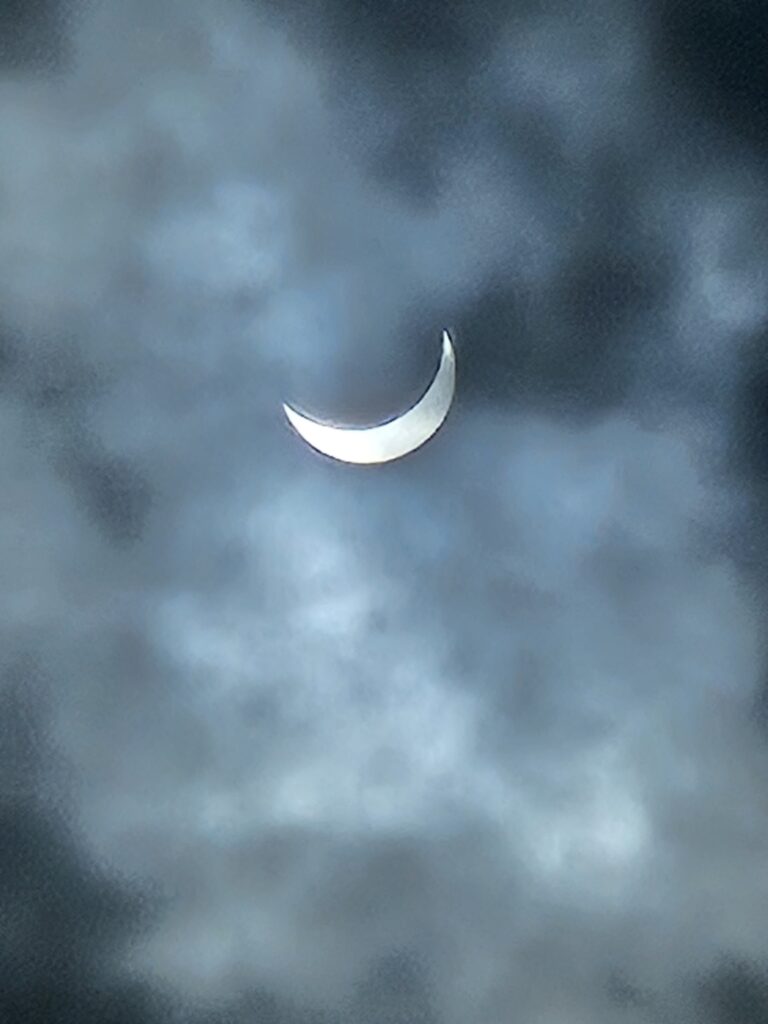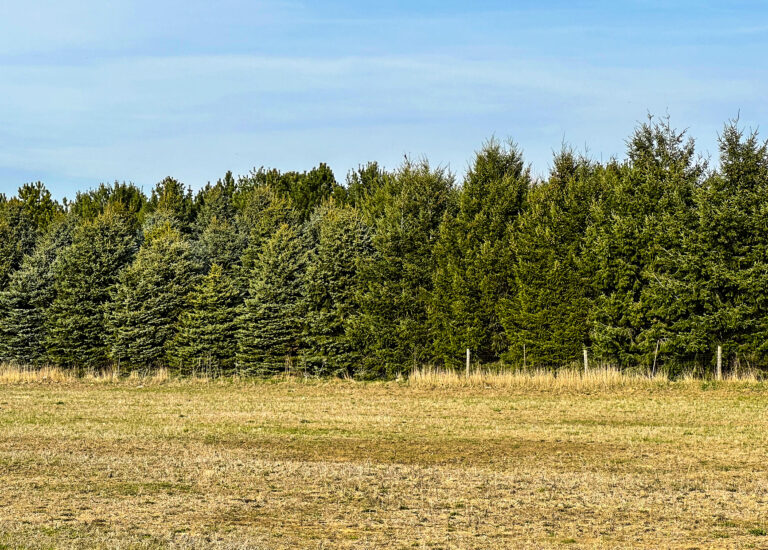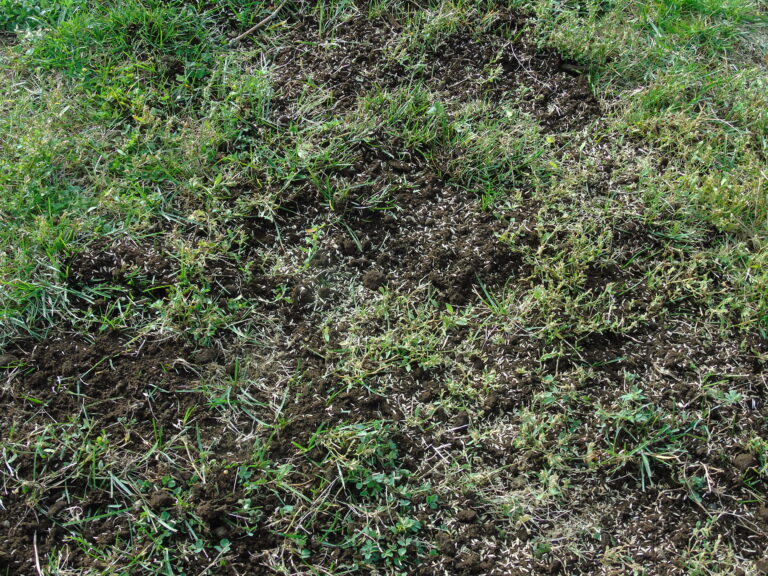Joanne Young
Special to The Lake Report
Are you thinking of adding some new gardens or extending any existing gardens this fall?
I am often asked if they are too late to be planting in September and October. Fall is a great time to tackle a new garden project.
When planting new trees and shrubs, the first thing that you want them to do is to send out roots and start to get established. Root growth is most vigorous when the air temperature is cooler than the soil temperature.
In other words, when air temperatures begin to fall in September, the soil temperature is still warm from the summer sun beating down on it. That, along with more frequent rains, means plants will do well being planted in the fall.
Larger trees and shrubs can be planted right up until the ground freezes while smaller pots of perennials (4- to 6-inch pots) should be planted by mid- to late October. If smaller plants are put in too late there is a greater chance of the root balls being heaved out of the ground by frost.
So now that you know it is OK to be planting in the fall, what else should be considered?
I am often asked, “When is the best time to improve your soil?” When planting anything, regardless on the time of year, any time you can be amending your soil is a good time.
Amending the soil means you need to improve your existing soil by adding organic matter. Organic material is anything that was alive at one time and is now decomposing in or on top of the soil. Such matter is rich in nutrients and its coarse texture helps to break up heavier clay soils, allowing for increased oxygen in the soil and, therefore, more vigorous root growth.
This also helps to improve drainage. The best way to amend your soil is by mixing compost or composted manure in with your existing soil. Quite often we use triple mix or 3-Way Mix that contains good topsoil, manure and compost/peat moss. It is always best to mix in some of your existing soil at the same time. When you feed your soil, the soil will then feed your plants.
Since it has been a very hot summer, you may find that when you dig the hole to plant the tree or shrub that the soil is very dry. In that case, once the hole is dug, it is beneficial to pour some water into it and let drain through before placing the root ball into the hole. This ensures that there is moisture available down where the roots are.
When placing the root ball into the hole, make sure the top of the root ball is at the same level as the surrounding bed area. Putting the root ball deeper into the soil than what it was originally growing will most likely kill the plant.
If fertilizing at the time of planting, use a fertilizer that is highest in phosphorus (the middle number) such as bonemeal. Keep watering the plant as needed until the ground freezes up.
When planting in the fall, an added thing to do to help protect the plant over winter is to put a two-inch layer of mulch on top of the root ball, making sure to put less right at the base of the plant. You can use bark or some shredded tree leaves as your mulch.
By following these few tips you should have great success with planting in the fall. Happy planting.
Joanne Young is a Niagara-on-the-Lake garden expert and coach. See her website at joanneyoung.ca.









